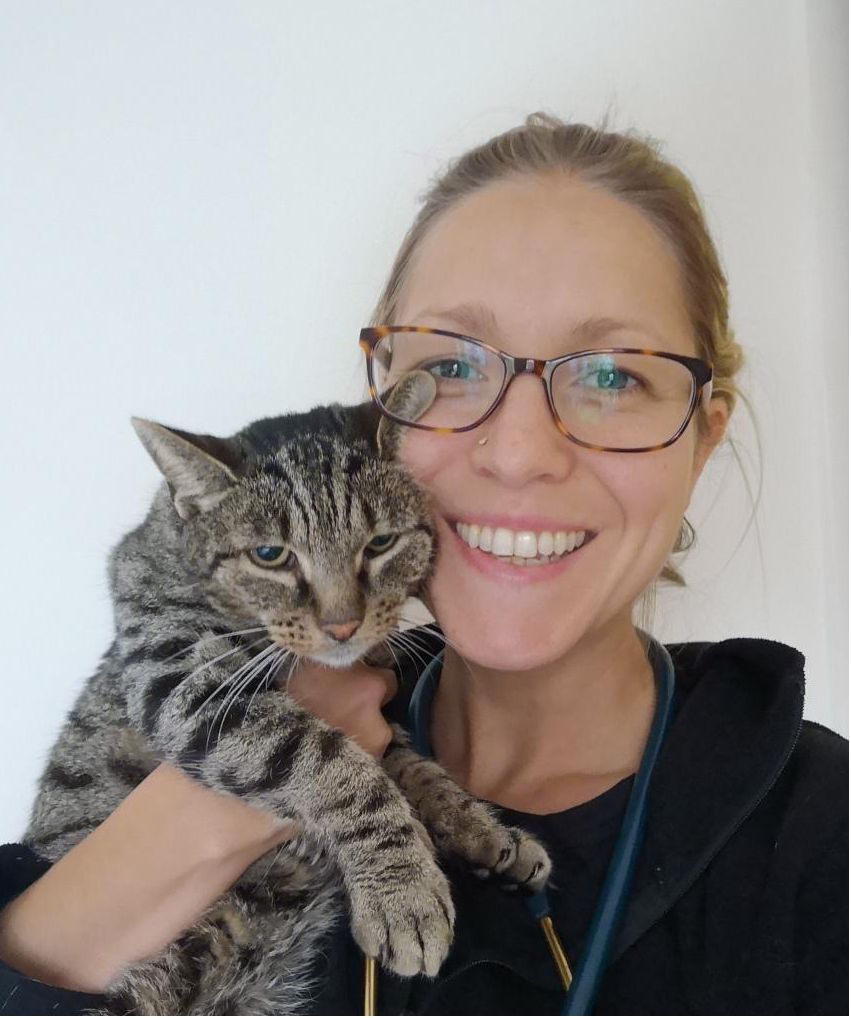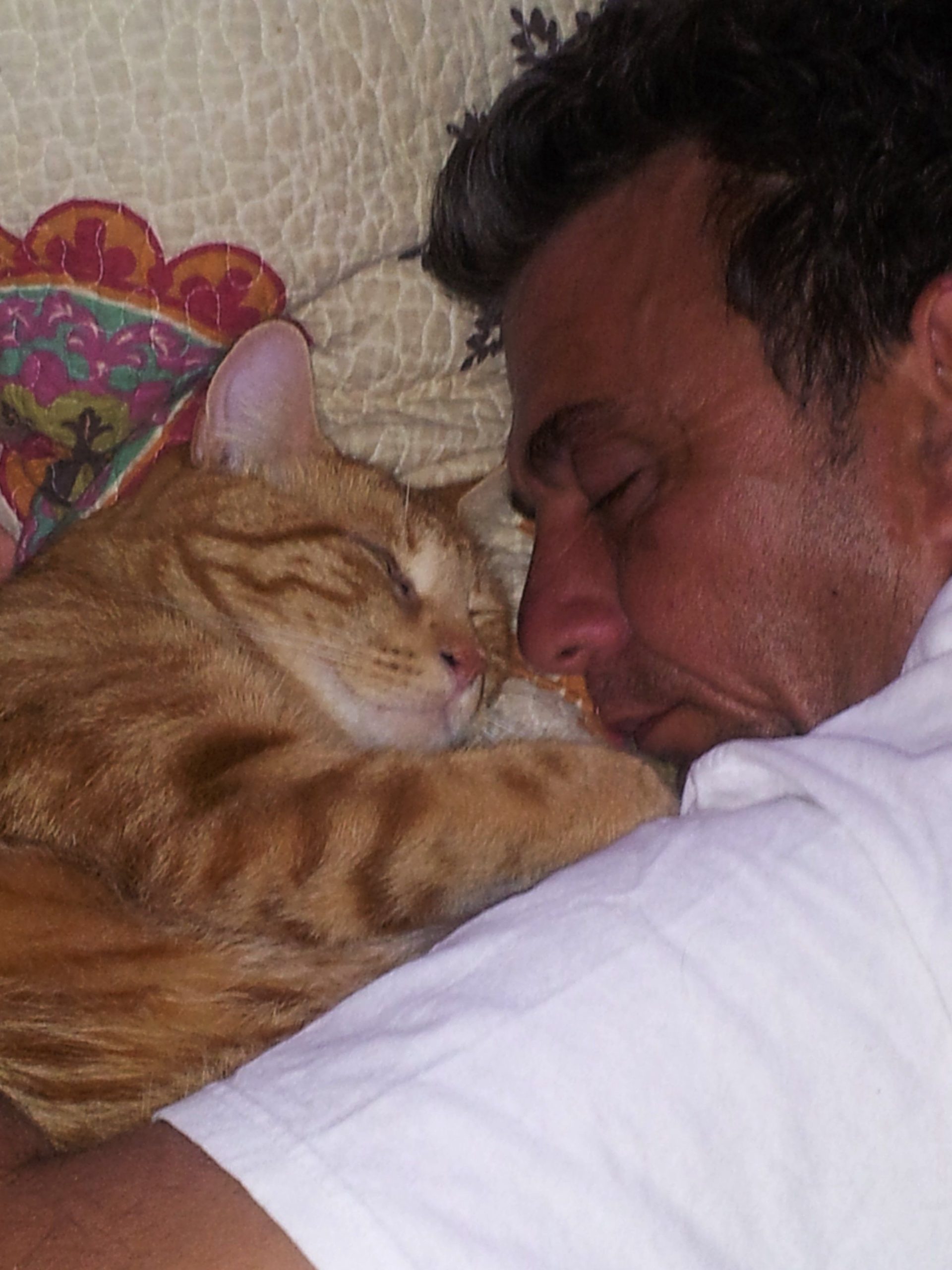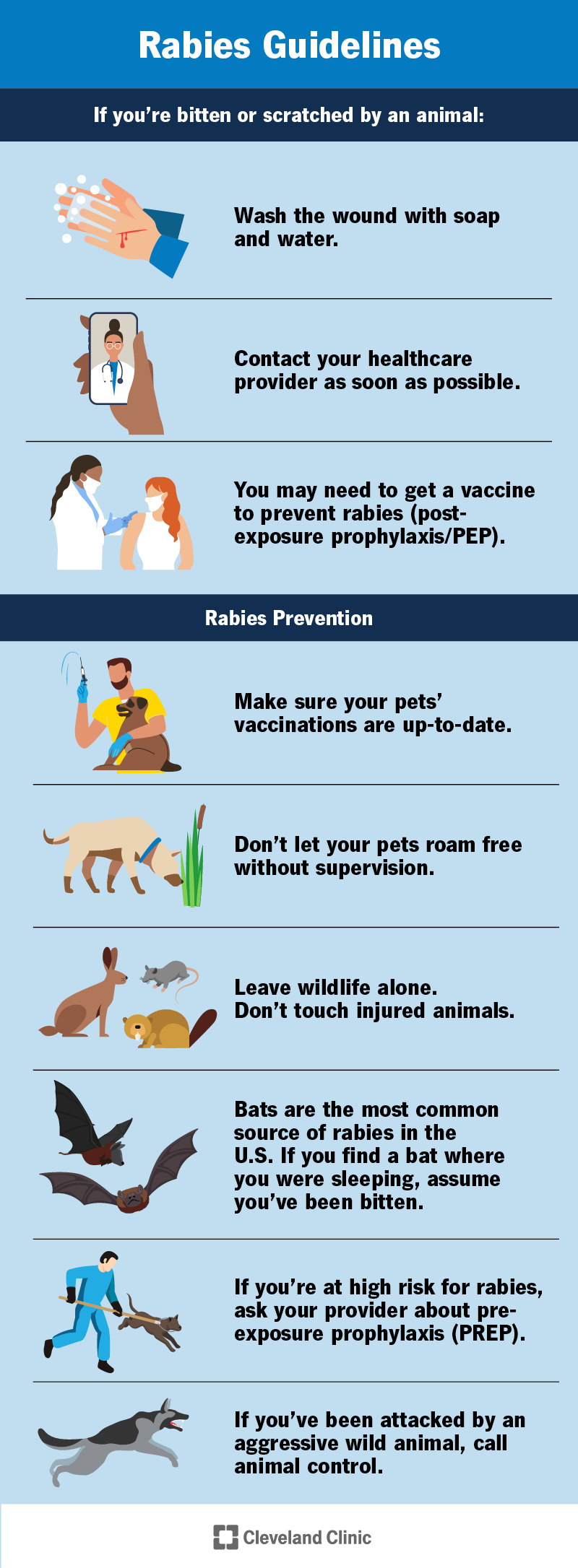Contents
- I. Introduction
- II. Understanding Cat Behavior
- III. The Social Nature of Cats
- IV. Signs of a Dying Cat
- V. Do Cats Prefer To Die Alone?
- VI. Factors that Influence a Cat’s Preference
- VII. How to Support a Dying Cat
- VIII. Frequently Asked Questions
- 1. Can cats sense when they are dying?
- 2. Do cats prefer to die alone?
- 3. How can I tell if my cat is nearing the end of its life?
- 4. Should I euthanize my cat if it is suffering?
- 5. Is it common for cats to hide when they are dying?
- 6. How can I provide comfort to my dying cat?
- 7. Should I be present when my cat passes away?
- 8. How can I cope with the loss of my cat?
I. Introduction

When it comes to the topic of whether cats prefer to die alone, there are a lot of different opinions and beliefs. Some people think that cats are solitary creatures and would prefer to face their final moments on their own. Others believe that cats, like humans, seek comfort and companionship during their vulnerable times. In this article, we will explore this question in depth and discuss the signs to look out for when a cat is nearing the end of its life.
It’s important to keep in mind that every cat is unique and may have different preferences. Just as humans have individual personalities, cats also have their own distinct traits and behaviors. Some cats may show a preference for solitude while others may seek out the presence of their owners or fellow feline friends.
One school of thought suggests that cats, being descendants of solitary hunters, have a natural inclination to withdraw and hide when they are not feeling well. They might distance themselves from their human companions and seek a quiet and secure place to rest. This behavior is believed to be an instinctual response to protect themselves from potential dangers and predators.
On the other hand, there are numerous accounts and anecdotal evidence from cat owners who have witnessed their beloved pets actively seeking comfort and companionship during their final moments. Cats may exhibit behaviors such as seeking physical contact, purring, or even lying close to their owners. These actions are interpreted as a desire for comfort and reassurance, suggesting that cats may not prefer to die alone.
Factors Influencing a Cat’s Preference
Several factors can influence whether a cat prefers to die alone or seek the company of its human companions. The cat’s overall personality, past experiences, and the nature of its illness or condition can all play a role in shaping its behavior during this delicate time.
Although there is no definitive answer to the question of whether cats prefer to die alone, it is clear that each cat is unique in its preferences and behaviors. Some cats may seek solitude while others may actively seek out the comfort and companionship of their human owners. As responsible cat owners, it is important to observe and respect our feline companions’ individual needs and behaviors during their final stages of life.
II. Understanding Cat Behavior

As cat owners, it is important for us to understand our feline companions’ behavior in order to provide them with the best care possible. Cats have their own unique ways of communicating and expressing themselves, and by familiarizing ourselves with their behavior, we can better meet their needs and ensure their well-being.
1. Body Language
Cats communicate primarily through their body language. Paying attention to their posture, tail movements, and facial expressions can provide valuable insights into their mood and intentions. For example, a relaxed cat will typically have a loose body posture, with its tail held upright but not rigid. On the other hand, a frightened or agitated cat may exhibit signs such as a tucked tail, flattened ears, or dilated pupils.
2. Vocalizations
Cats are known for their wide range of vocalizations, each serving a different purpose. Meowing is a common form of communication, especially directed towards humans. Cats may meow to express hunger, greet their owners, or seek attention. Purring, on the other hand, is often associated with contentment and relaxation. Growling or hissing are defensive vocalizations used to express fear or aggression.
3. Scratching Behavior
One behavior that often perplexes cat owners is scratching. Cats scratch for several reasons, including stretching their muscles, marking their territory, and maintaining their claws. Providing appropriate scratching posts or boards can help redirect this behavior and protect your furniture. Regular nail trims can also help keep their claws in check.
4. Litter Box Habits
Understanding your cat’s litter box habits is crucial for maintaining their hygiene and ensuring their comfort. Cats are generally clean animals and prefer a clean and easily accessible litter box. They may avoid using a dirty or poorly maintained litter box, so it’s important to scoop it regularly and provide a suitable litter substrate that they feel comfortable with.
5. Socialization and Play
Cats are often perceived as independent animals, but they still require social interaction and playtime. Engaging in interactive play sessions with your cat not only provides mental and physical stimulation but also strengthens the bond between you. Additionally, providing enough vertical space, such as cat trees or shelves, allows them to exercise their natural climbing and jumping instincts.
By understanding these aspects of cat behavior, we can create a harmonious environment for our feline friends. Remember, each cat is unique, and it’s important to observe and respect their individual preferences and needs. Building a strong relationship based on trust and understanding will ensure a happy and fulfilling life for both you and your cat.
III. The Social Nature of Cats
:max_bytes(150000):strip_icc()/hiding-cat-364449059-2000-9609322eaa38432596249774364ba936.jpg)
While cats are often seen as independent and solitary animals, they actually possess a strong social nature that is often overlooked. This social behavior plays a crucial role in their overall well-being and can significantly impact their quality of life.
The Importance of Social Interaction
Cats are naturally social creatures and form strong bonds with their human companions as well as other animals in their environment. Regular social interaction is essential for their mental and emotional stimulation, as it helps prevent boredom and loneliness.
Communication Through Body Language
Cats communicate with each other and with humans through body language. They use various postures, facial expressions, and tail movements to express their emotions and intentions. Understanding their body language can help us better interpret their needs and moods, leading to a stronger bond and more harmonious relationship.
Group Dynamics and Hierarchy
Within social groups of cats, there is often a hierarchical structure established. This hierarchy determines the social ranking of each cat and influences their interactions and behavior. Understanding the dynamics of the group can help us better manage multi-cat households and prevent conflicts.
Play and Socialization
Play is an important aspect of socialization for cats. Through play, they learn vital skills such as hunting, pouncing, and stalking, which are essential for their survival. Play also allows cats to establish social bonds and build trust with their playmates, whether they are other cats or humans.
Providing Social Opportunities
As cat owners, it is our responsibility to provide ample social opportunities for our feline friends. This can include interactive play sessions, regular grooming, and creating a stimulating environment with toys, scratching posts, and climbing structures. Additionally, introducing cats to new experiences and novel stimuli can help broaden their socialization skills and prevent them from becoming overly fearful or anxious.
IV. Signs of a Dying Cat
When our beloved feline friends reach the end of their lives, they often display certain signs that indicate they are nearing the end. It is important for cat owners to recognize these signs and provide the necessary care and support during this difficult time.
1. Loss of Appetite
One of the most common signs of a dying cat is a loss of appetite. Cats who are nearing the end of their lives may refuse to eat or drink, leading to weight loss and dehydration. It is essential to offer tempting, easily digestible food options and ensure they are getting enough fluids to keep them comfortable.
2. Extreme Lethargy
Dying cats often become extremely lethargic and spend most of their time sleeping. They may show little interest in their surroundings or even in activities they once enjoyed. Providing a quiet, comfortable space where they can rest undisturbed is crucial during this stage.
3. Changes in Breathing
As a cat’s health declines, their breathing patterns may change. They may start breathing heavily or rapidly, or their breathing may become shallow and labored. Any significant changes in their breathing should be monitored closely and reported to a veterinarian if necessary.
4. Withdrawal and Hiding
Cats nearing the end of their lives may exhibit changes in behavior, such as becoming more withdrawn or seeking out hiding spots. This is their way of finding comfort and solitude during this challenging time. Providing them with a quiet, secluded area can help them feel safe and secure.
5. Incontinence
Some dying cats may experience bladder or bowel control issues. They might have accidents outside of their litter box or have difficulty urinating. It is important to keep them clean and comfortable and consult with a veterinarian for any necessary interventions.
While these signs can indicate that a cat is nearing the end of their life, it is crucial to remember that each cat is unique, and their end-of-life journey may vary. It is always recommended to consult with a veterinarian for guidance and support during this difficult time. Providing love, comfort, and gentle care is the best gift we can give to our feline companions in their final days.
V. Do Cats Prefer To Die Alone?

Cats are known for their independent nature, often seen as solitary creatures that prefer solitude. This leads to the question – do cats prefer to die alone? While there is no definitive answer, there are several factors to consider when exploring this topic.
1. Instinctual Behavior
Cats are instinctively wired to hide signs of weakness or vulnerability. This behavior stems from their ancestral survival instincts, where showing weakness could make them an easy target. Therefore, it is not surprising that cats may choose to be alone during their final moments.
2. Preference for Familiar Surroundings
Cats are creatures of habit and are known to be territorial. They feel most comfortable in their own familiar surroundings, surrounded by familiar scents and objects. When it comes to the end of their lives, cats may seek out a secluded spot in their home where they feel safe and secure.
3. Emotional Independence
Cats are not as emotionally dependent on humans as dogs are. While they can form deep bonds with their owners, they still maintain a sense of independence. This emotional independence may lead them to choose solitude during their final moments.
4. Sensing the End
Animals, including cats, are believed to have a heightened sense of awareness when it comes to their own mortality. They may sense that their time is near and seek out a quiet and peaceful place to pass away.
5. Individual Personality
Just like humans, cats have their own unique personalities. Some cats may prefer solitude during their final moments, while others may seek comfort and companionship. It is important to remember that there is no one-size-fits-all answer to this question, as each cat is different.
VI. Factors that Influence a Cat’s Preference
Cats are notorious for their independent nature, and this extends to their preference for certain environments and situations. While each cat is unique, there are several factors that can influence their preferences. Understanding these factors can help cat owners create a comfortable and enjoyable environment for their feline friends.
1. Past experiences
A cat’s past experiences play a significant role in shaping their preferences. Cats may develop preferences based on positive or negative experiences they have had in the past. For example, if a cat had a traumatic experience with a certain type of food, they may develop a preference for a different brand or flavor.
2. Socialization
The socialization period during a cat’s early life can influence their preferences later on. Cats that have been exposed to a variety of people, animals, and environments during their socialization period are more likely to be adaptable and open to new experiences. On the other hand, cats with limited socialization may be more cautious and prefer familiar surroundings.
3. Individual personality
Just like humans, cats have individual personalities. Some cats may be more adventurous and enjoy exploring new environments, while others may be more laid-back and prefer a calm and quiet setting. It’s important to consider your cat’s personality when creating their living space to ensure it aligns with their preferences.
4. Age
A cat’s age can also influence their preferences. Kittens, for example, are more curious and playful, so they may prefer environments that provide plenty of stimulation and opportunities for exploration. Older cats, on the other hand, may prefer quieter spaces and cozy spots to relax.
5. Health and physical condition
A cat’s health and physical condition can impact their preferences. For example, a cat with joint issues may prefer a litter box with lower sides for easy access. Cats with certain medical conditions may also have specific dietary requirements, influencing their preference for certain foods.
In conclusion, a cat’s preference is influenced by a variety of factors, including past experiences, socialization, individual personality, age, and health. Understanding these factors and catering to your cat’s preferences can help create a happy and comfortable environment for your feline companion.
VII. How to Support a Dying Cat
When faced with the difficult situation of having a dying cat, it is important to provide them with the comfort and support they need during their final days. Here are some ways you can help your beloved feline companion through this challenging time:
1. Create a calm and quiet environment
Ensure that your cat has a peaceful space where they can rest undisturbed. Reduce noise and activity in the area and provide a comfortable bed or blanket for them to lie on.
2. Offer gentle physical support
As your cat’s strength declines, they may need help with basic tasks such as eating, drinking, and using the litter box. Assist them gently and with patience, being careful not to cause any discomfort.
3. Provide pain management
Consult with your veterinarian to determine the best pain management options for your cat. They may prescribe medications to alleviate any discomfort or provide alternative therapies such as acupuncture or massage.
4. Keep them hydrated
Ensure that your cat has access to fresh water at all times. If they are having difficulty drinking, you can try offering them water with a syringe or using a pet water fountain that encourages hydration.
5. Offer tempting and easy-to-eat food
As your cat’s appetite diminishes, it is important to offer them food that is enticing and easy for them to consume. Consider warming their meals to enhance aroma and make it more appealing.
6. Spend quality time together
Give your cat love and attention, but also respect their need for rest. Engage in gentle activities such as brushing or softly talking to them. Your presence can provide comfort and reassurance during this difficult time.
7. Seek emotional support
Caring for a dying cat can be emotionally challenging, and it is important to seek support for yourself as well. Reach out to friends, family, or support groups who can understand and empathize with your situation.
8. Know when to let go
While it is heartbreaking, it is important to recognize when your cat’s suffering becomes too much. Consult with your veterinarian to understand your options and make the decision that is best for your cat’s well-being.
Supporting a dying cat is a difficult but essential part of being a responsible pet owner. By providing comfort, love, and necessary care, you can ensure that your beloved feline companion is as comfortable as possible during their final days.
VIII. Frequently Asked Questions
1. Can cats sense when they are dying?
Yes, cats have an innate ability to sense when their time is near. They may exhibit changes in behavior, become more withdrawn, or seek solitude in their final days.
2. Do cats prefer to die alone?
While it is commonly believed that cats prefer to die alone, every cat is unique. Some cats may prefer solitude, while others seek comfort and companionship from their owners or fellow feline friends.
3. How can I tell if my cat is nearing the end of its life?
Signs that your cat may be nearing the end of its life include decreased appetite, weight loss, lethargy, difficulty breathing, and changes in bathroom habits. It’s important to consult with your veterinarian for a proper diagnosis and guidance.
4. Should I euthanize my cat if it is suffering?
Deciding to euthanize a cat is a difficult and personal decision. If your cat is suffering from a terminal illness or experiencing severe pain and discomfort, euthanasia may be a humane option to prevent further suffering. Consult with your veterinarian to determine the best course of action.
5. Is it common for cats to hide when they are dying?
Yes, it is common for cats to seek out hiding places when they are dying. This behavior is instinctual and serves as a way for them to protect themselves and find a sense of security.
6. How can I provide comfort to my dying cat?
Providing a calm and quiet environment, offering gentle affection, and ensuring your cat has access to food, water, and a comfortable resting place can help provide comfort and support during their final days.
7. Should I be present when my cat passes away?
Whether or not to be present when your cat passes away is a personal decision. Some owners find solace in being with their cat during their final moments, while others may choose to give their cat privacy. Consider what feels right to you and what will bring you closure.
8. How can I cope with the loss of my cat?
Coping with the loss of a beloved cat can be challenging. Give yourself time to grieve, talk to supportive friends or family members, and consider seeking professional help if needed. Remember the happy memories you shared and consider honoring your cat’s life in a meaningful way.

Jackson is an accomplished content writer with a flair for captivating storytelling. With a Bachelor’s degree in English Literature from the prestigious University of California, Berkeley, Hunter’s educational background has honed his writing skills to perfection. His love for felines is evident in his extensive knowledge of cat behavior and care, making him an expert in the field. Hunter’s passion for cats has led him to contribute insightful articles to various online platforms, providing valuable information and tips to cat owners worldwide. With his exceptional writing abilities and deep understanding of cats, Hunter continues to create engaging content that resonates with readers and leaves a lasting impact.

